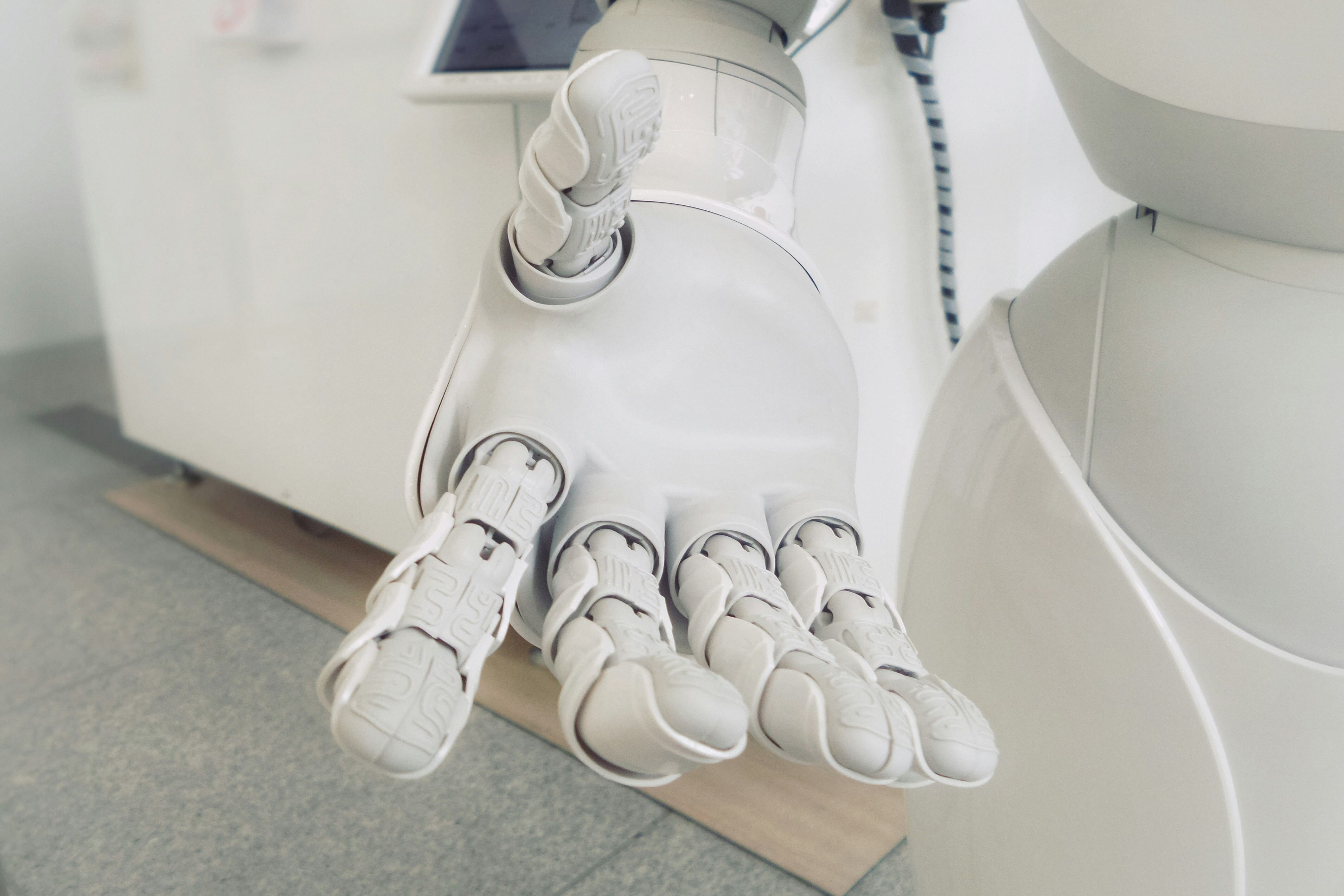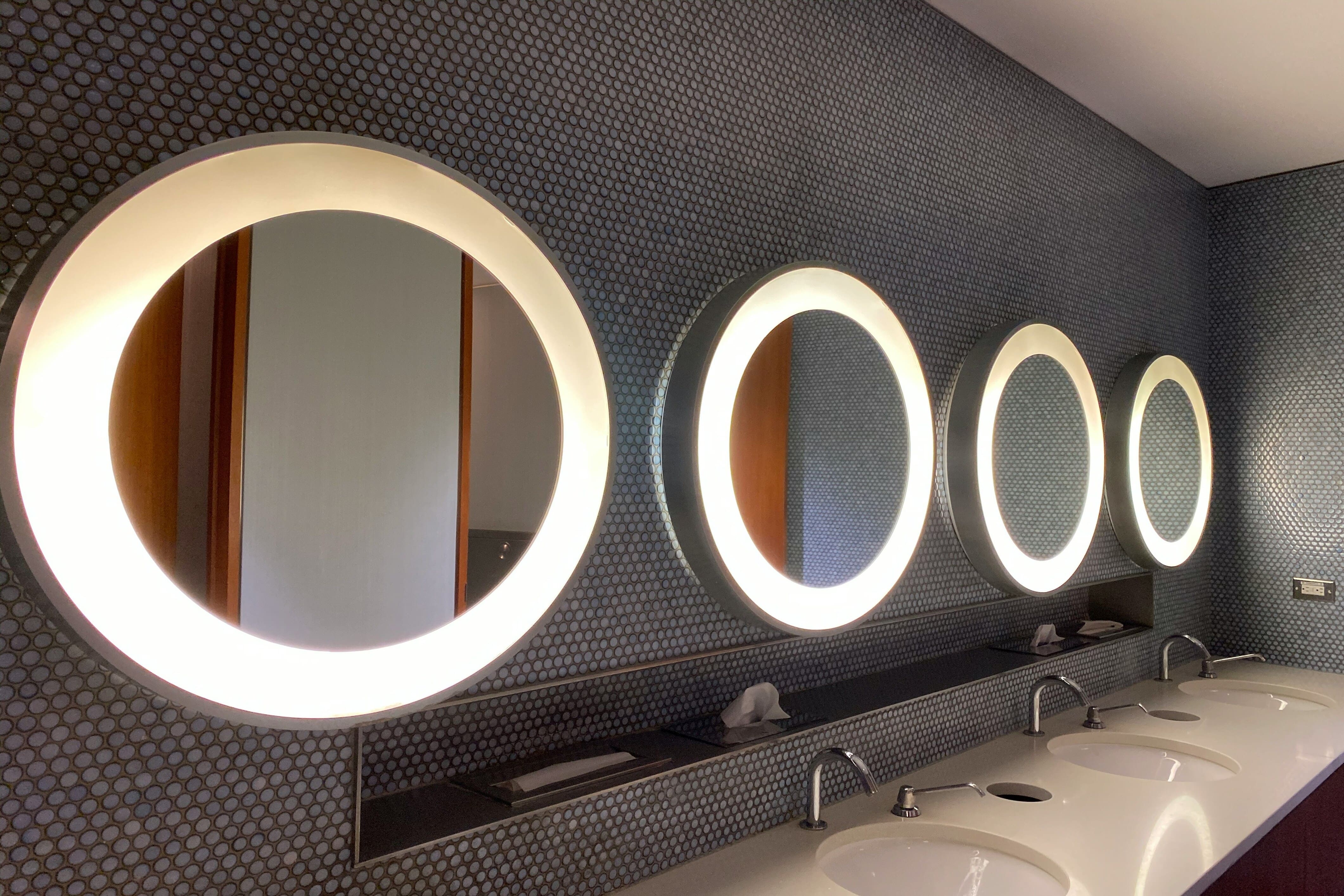3D Printing and Mold Manufacturing for Series Production
“3D printing has transformed mold manufacturing, giving manufacturers the flexibility and efficiency necessary for mass production.”
3D printing has revolutionized manufacturing by offering an efficient and personalized alternative for creating molds used in mass production. This process not only speeds up manufacturing, but also allows for more complex designs adapted to specific needs. In this article, we will explore how 3D printing has transformed mold manufacturing to boost mass production.
1. Custom Mold Design
3D printing allows the creation of highly customized molds for a variety of applications. Designers can create complex geometries and specific shapes that fit exactly the desired products. This flexibility in design opens up new possibilities in the production of unique and personalized pieces in large quantities.
2. Rapid Prototyping and Iterative Adjustments
Before mass production, 3D printing facilitates rapid prototyping of molds. This allows manufacturers to make iterative adjustments to the mold design before committing to full production. Changes can be implemented quickly and cost-effectively, shortening development times and ensuring the quality of the final mold.
3. Reduction of Costs and Production Times
Compared to traditional mold manufacturing methods, 3D printing significantly reduces both costs and production times. By eliminating the need for specialized tools and machinery, expenses associated with conventional mold manufacturing are reduced. Additionally, 3D printing speeds up the process by eliminating intermediate stages, allowing for more efficient production.
4. Diversity of Materials for 3D Printing
The variety of materials available for 3D printing allows the selection of those that best adapt to the needs of the mold. From tough plastics to high-temperature resins, manufacturers can choose materials that align with the specific requirements of mass production. This contributes to the durability and longevity of the 3D printed molds.
5. Mass Customization and On-Demand Production
3D printing allows for the mass production of custom molds, meaning that each part produced can be unique without affecting the efficiency of the process. This is especially beneficial in custom product manufacturing or on-demand production, where the ability to quickly adapt to changes in market demand is essential.
6. Integration of Specific Cooling Channels
3D printed molds can integrate specific cooling channels to improve the efficiency of the production process. This allows for precise temperature control during manufacturing, which can result in shorter production cycles and improved product quality. The ability to design complex cooling channels is a key advantage of 3D printing in this context.
7. Sustainability in Production
From an environmental perspective, 3D printing can be more sustainable in mold production. Waste reduction and efficiency in the use of materials contribute to more environmentally friendly manufacturing practices. Additionally, the ability to mass produce custom molds can reduce excess inventory and minimize waste.
Conclusions: The Transformation of Mold Manufacturing
3D printing has transformed mold manufacturing, giving manufacturers the flexibility and efficiency necessary for mass production. From custom design to the integration of dedicated cooling channels, 3D printing has revolutionized the way mold manufacturing is approached to drive large-scale production quickly and cost-effectively.





